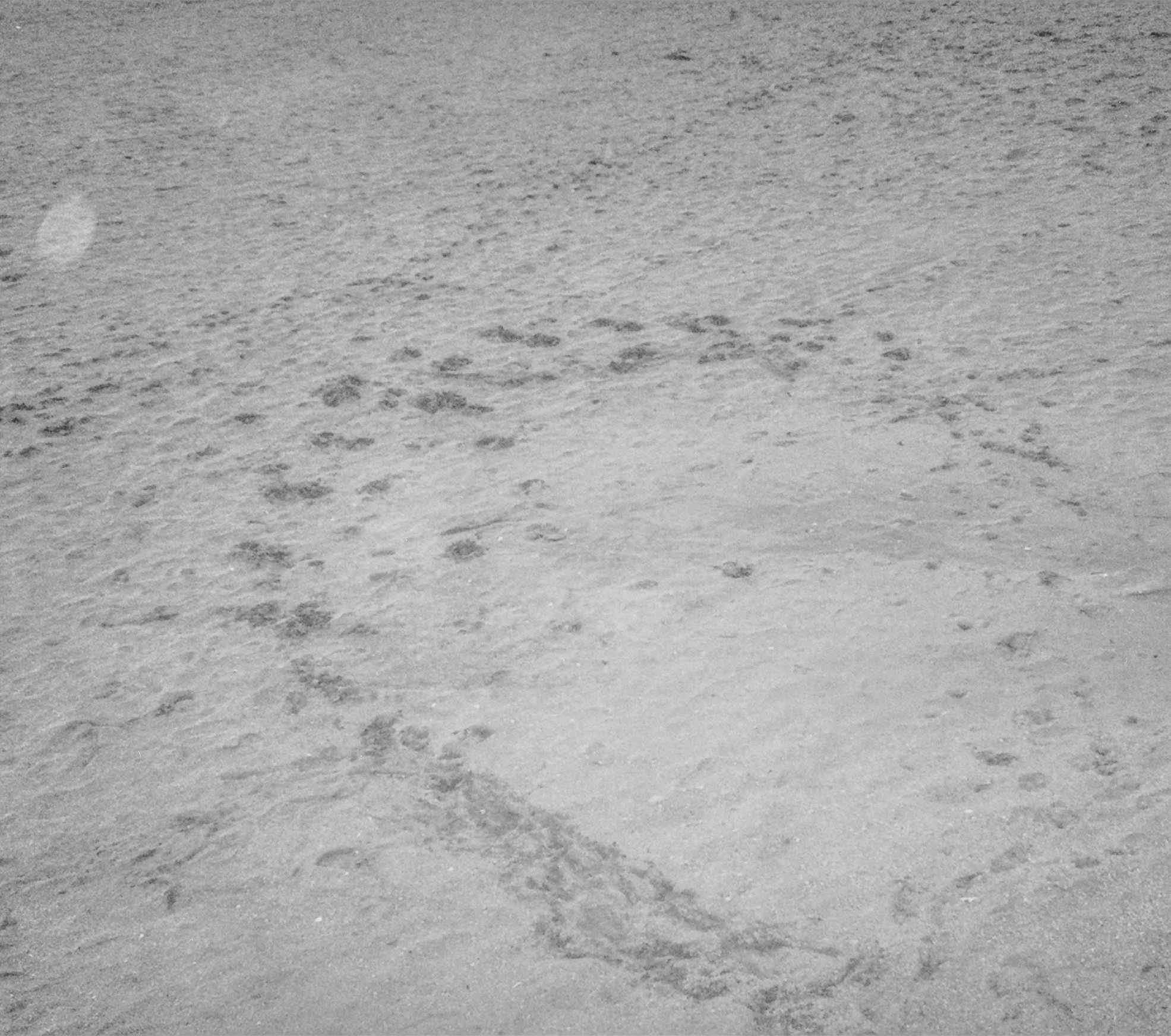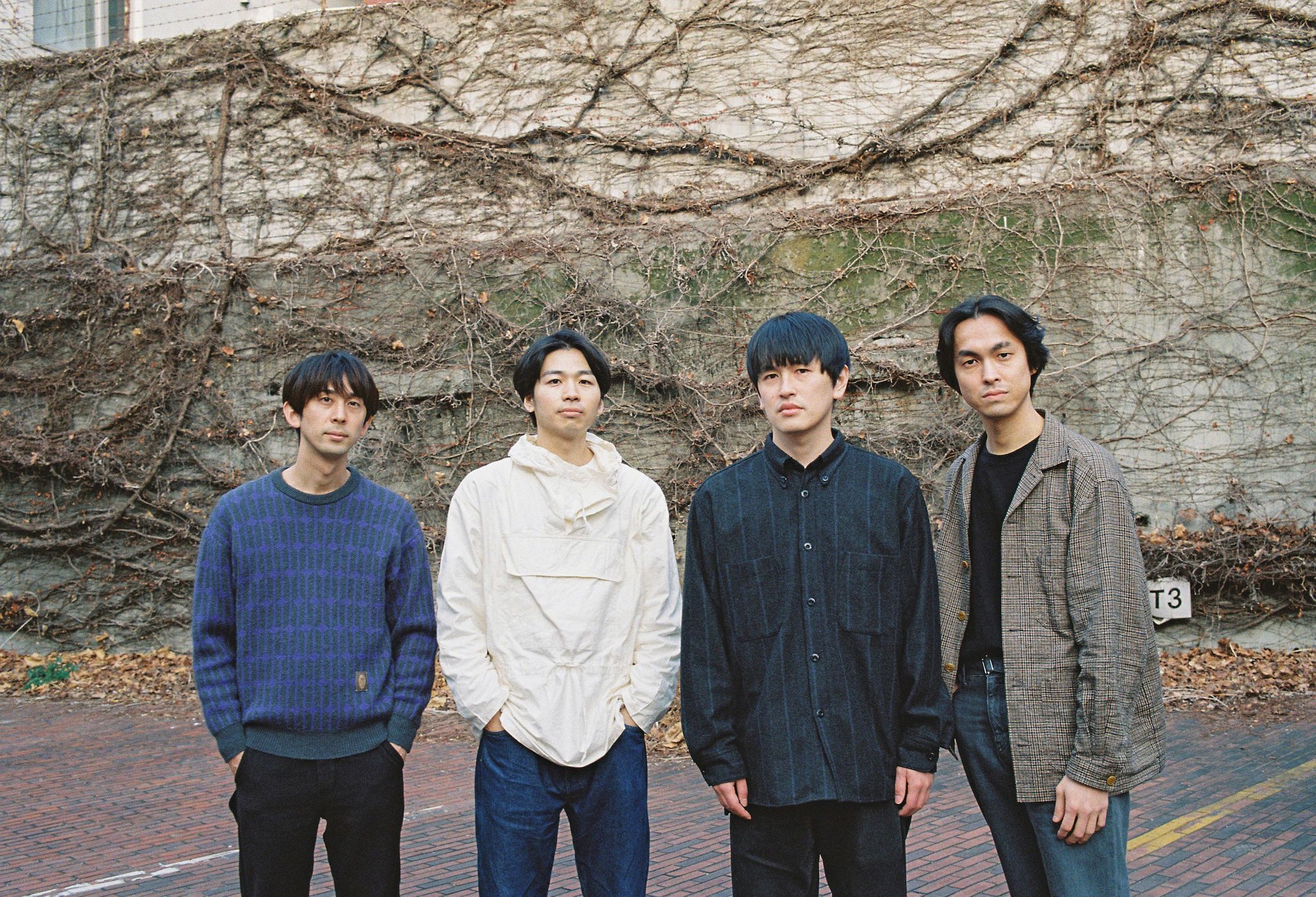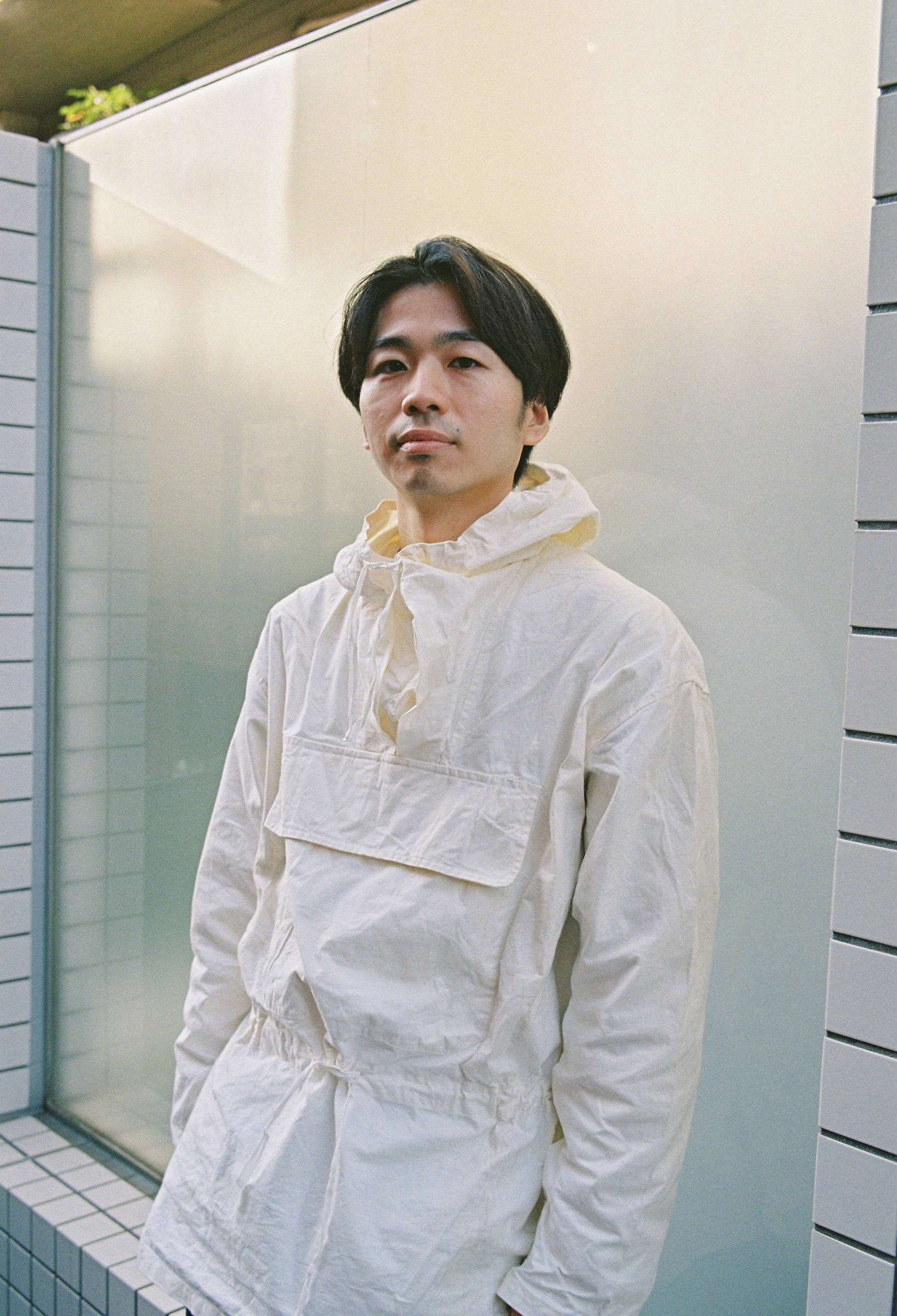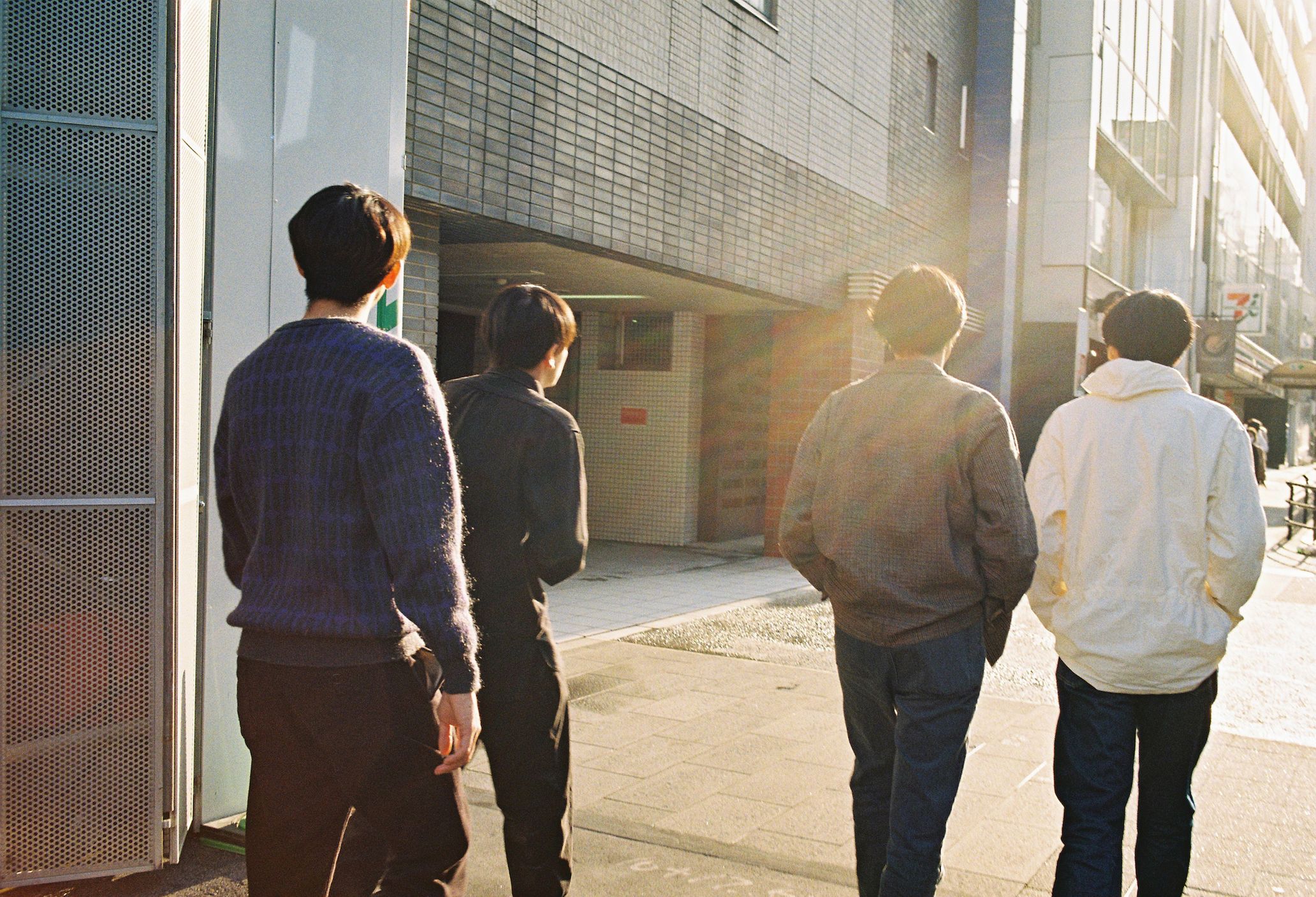Mitsume, a four-piece band based in Tokyo, has an intricately constructed, yet minimalist sound that creates a unique atmosphere. Now, the band, which has birthed a one-of-a-kind style with their alternative pop sensibility, has come out with their first album in two years: “VI.” Last year, although the band was unable to work as they’d hoped due to the coronavirus, they began releasing singles every month. And owing to the coronavirus, they developed a new style of recording that opened up a new world. Today, the band is approaching the tenth anniversary of their debut album, “mitsume,” and continues taking on new challenges, such as their first song collaboration with STUTS. I spoke to the four committed members, who continue to boldly evolve.
“VI”: An album created through a new production method
――Your new album, “VI,” was produced during the coronavirus pandemic. What kind of year was 2020 for the band?
Yojiro Suda: In the past, we’d get together at the studio pretty often, even if we weren’t preparing for a live show or a recording session. But during the state of emergency, we didn’t get together. It was the first time since starting the band that we didn’t get together for two months.
nakayaan: When the state of emergency was finally over, we decided we’d try Zoom at least once before meeting up. When we saw each on Zoom for the first time, Mao [Otake] had a beard and long hair that was swept back. (laughs) It was pretty shocking.
――You guys weren’t in touch over those two months?
Yojiro: We had a group message. That’s how we talked about the arrangements while recording the demo.
――You recorded without meeting at all?
Yojiro: So for example, I’d tell everyone I was going into the studio, and then I’d record the drums on a single mic. Then, nakayaan would say, “I’ll try recording the bass next.” That’s how we layered the sounds, one person at a time.
――So recording must have taken a lot of time and effort.
Yojiro: But there were good parts of it, too. When we work separately, we can focus more on our own instruments and record phrases as they come to mind. Once the state of emergency was over and we were able to meet up again, we started a two-part process: each of us recording in the studio or at home and then having a recording session all together at the warehouse. It’s like we’ve added an extra step to the way we’d been making demos up until now.
2. nakayaan
――When the other members listened to the parts that you each had recorded individually in the studio, did that ever lead to a discussion?
Mao Otake: No, not any more than it had in the past. We respected each other’s ideas and were open to everything. And we’d work on getting the song to its final form.
Yojiro: While I thought a simple eight beat would be nice, I tried to come up with beats that I thought were as interesting as possible, and then record that version first. I figured that if the band said, “Wouldn’t a simple eight beat be better?”, then I’d just switch it out. But everyone was surprisingly open to it, and it just went forward from there. We may have come to a standstill more often when we were meeting in person. Maybe we can be a bit at ease with our approach to songs when we’re each separately contributing our part.
Mao: When everyone gets together, there’s a time limit, right? Like having to finish up by the last train, for example. When you’re working at home, you don’t have those limits, so it was nice to be able to take a step back for a few days and think about it.
Yojiro: I think even if we can’t get together in the future because of corona, we’ve found a way to keep making albums. But when all four of us work together, there are also interesting arrangements that are born by accident. So we’ll have to figure out how to use these two different methods in the future.
“The theme is that we have no theme.”
――Although your relationships with one another didn’t change, your approach to song-making did. Through all of this, you guys have been announcing/releasing singles every month since last March. Was that an intentional decision based on the times we’re in?
Moto Kawabe: It’s something we’d been planning for a while. Seeing the work of artists from both Japan and overseas, we learned that there’s a way to release music like a playlist, rather than being confined to the format of an album. We thought that instead of quickly making an album all at once, we could release a single every month, take those songs and add on some new ones, and turn that into an album. This way, we could take a documentary-like approach, where people could see the process of how we make an album. We’d never done it that way before, so we thought it’d be interesting to try it.
Yojiro: At first, we were talking about how recording at home might be nice. But then, the studio we’d been recording in since our second album [The 2012 release, “eye”] was going to close for good. So we rushed to record “Sleepy,” “Dance,” and “Tonic Love” in February of last year. We decided to release those three songs as singles, one per month. As we were doing that, the state of emergency was declared, so we decided to pivot to make an album instead.
――So with this album, rather than choose a specific theme or direction, you guys just let things happen.
nakayaan: It’s like the theme is that we have no theme. It’s a lineup of songs that were created by focusing on each song, one by one. So maybe this album is more like a collection of short stories.
2. Mao Otake
――There’s indeed quite a diverse lineup of songs. But they have elements in common. For example, the rhythms are more complex than before.
Yojiro: In the past, I used MIDI to make beats, and I thought the sparse beats were very Mitsume. This time, though, I went into the studio by myself and came up with the beats while playing the drums, so they inevitably have a more human feel. I like Afro-funk, and recently, I’ve been putting that on more often when I’m DJing. There are also some songs on the record that were inspired by Tony Allen.
――When the rhythm changes, the bass changes too, right?
nakayaan: Right. There was a lot to think about, but it was rewarding. I thought about what would be interesting to add to the rhythm, how many notes would be necessary to make it cohesive, and calculated all kinds of additions and subtractions. Depending on the song, there were times when I’d use bass to pull the song along.
――”VIDEO” has a funk feel.
nakayaan: It might be a bit like Sly [and the Family Stone].
Yojiro: I’ve always liked Sly and funk, but we hadn’t really explored that ourselves before. Maybe that’s starting to come out naturally when we play.
――I feel like the guitar arrangements have also become a bit more elaborate compared to before. Some songs are distorted too, and the sound is more diverse.
Mao: When we’re in a session working on a song, I tend to improvise on the spot and play the phrases that come to me. But when I’m working at home, I have plenty of time to think, so I start to consciously think about things like, “Let me try playing this chord.” I think I’ve been able to take a new approach.
nakayaan: There are more complicated guitar chords on this record. Ones that you don’t expect to be added.
Moto: The fact that I write songs hasn’t changed, but in the past, when the four of us were playing together, we’d often redo everything except the melody. We’d change all the chords and arrangements. But this time, it was often a process of addition: we each added an approach we liked without changing the progression of the song too much. Each of us would come up with an idea, then the other members would carefully digest that idea, and think, “I’ll add something like this.” I feel like because we did that, the songs became more complex and elaborate.
What do the band members think of “VI”?
――Maybe you could say that the “stay home” period evolved your music. Like [Moto] Kawabe studying song-writing at home, for example.
Moto: I bought a book on music theory and studied it while taking notes. In the past, I used to write songs using my intuition. But with my intuition, I felt like there was a limit to turning my ideas into reality. So I decided to start over from the basics. I think it’s progress that I’ve become able to connect two disparate ideas. The song “Basic,” which I co-wrote with STUTS, is a song that I wouldn’t have been able to make in the past.
――Speaking of which, this is the band’s first collaboration. Why with STUTS?
nakayaan: STUTS and I were classmates in elementary school. We went to separate middle and high schools, but in college, we both found out that the other was into music. Over these past few years, I’ve played bass occasionally for STUTS songs or live shows, and I’ve even had him play at one of my solo shows. This time, when we came up with the idea of releasing a single every month, we started talking about collaborating on a song, and if we were going to do that, we thought STUTS would be a good choice.
Moto: STUTS controls sounds; he has a sort of construction philosophy. I wanted to have him listen to the band’s sound and see how he could build on it.
――Mitsume has a construction philosophy too, doesn’t it?
nakayaan: That might be true, but STUTS’ construction gives all his songs an incredibly open atmosphere, and I think that’s what makes him so great. To use the song “Basic” as an example, it came out feeling like the wind was blowing through it. Compared to STUTS, Mitsume is totally stagnant, so the wind can’t blow through our music.
Moto: Really? (laughs)
――I think the hazy vibe is incredible, wavering between the ordinary and the extraordinary, the dazed and awake.
nakayaan: But I do feel like this album has a clearer sound image than usual. How do I describe it…
Mao: Think of something like your example with the wind earlier. (laughs)
nakayaan: Erm, it’s sort of night-like.
――Speaking of which, the word “night sky” is in the hook of “Fiction.”
Moto: Okay, so let’s call it “night” this time.
nakayaan: An album like the night sky. Somehow, it’s become unusually romantic. (laughs)
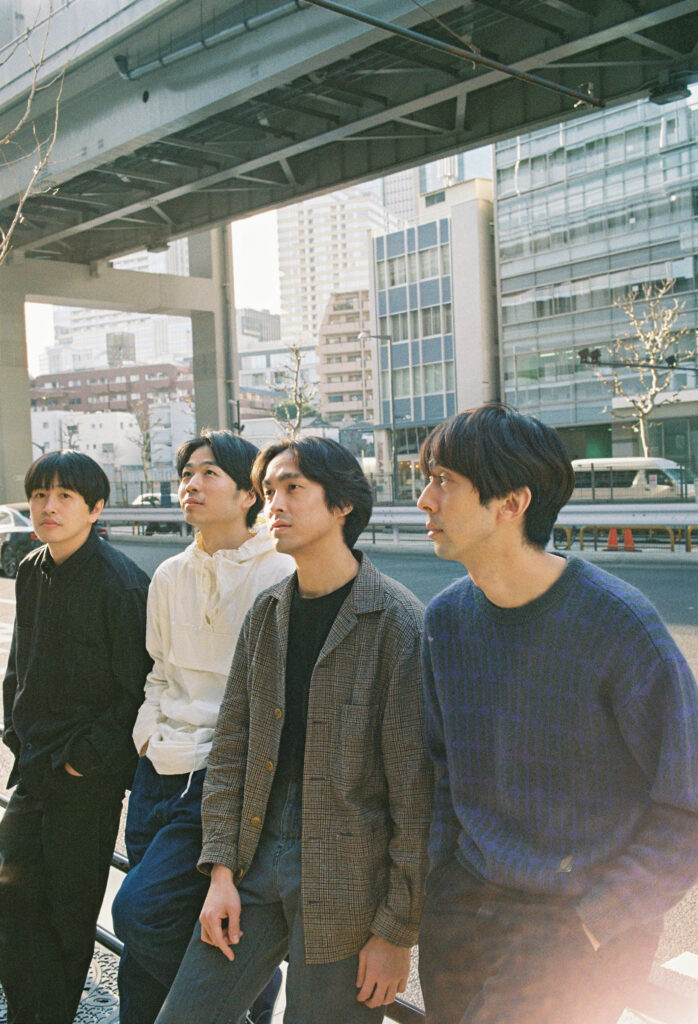
Mitsume
Mitsume was formed in Tokyo in 2009. The four-piece band consists of Moto Kawabe (vocals and guitar), Mao Otake (guitar and synth), nakayaan (bass), and Yojiro Suda (drums). Apart from “VI,” the band has released five studio albums. They’ve performed live not only in Japan, but also overseas in China, Korea, the U.S., and Thailand. Although the band is orthodox in composition, the members make music freely without being bound by their respective roles.
https://mitsume.me
■mitsume live Ⅵ
Date: May 30
Venue: LIQUIDROOM
Address: Tokyo Shibuya-ku Higashi 3-16-6
Time: OPEN 18:00 / START 19:00
Admission: ¥4,800
Photography Takuroh Toyama
Translation Aya Apton

